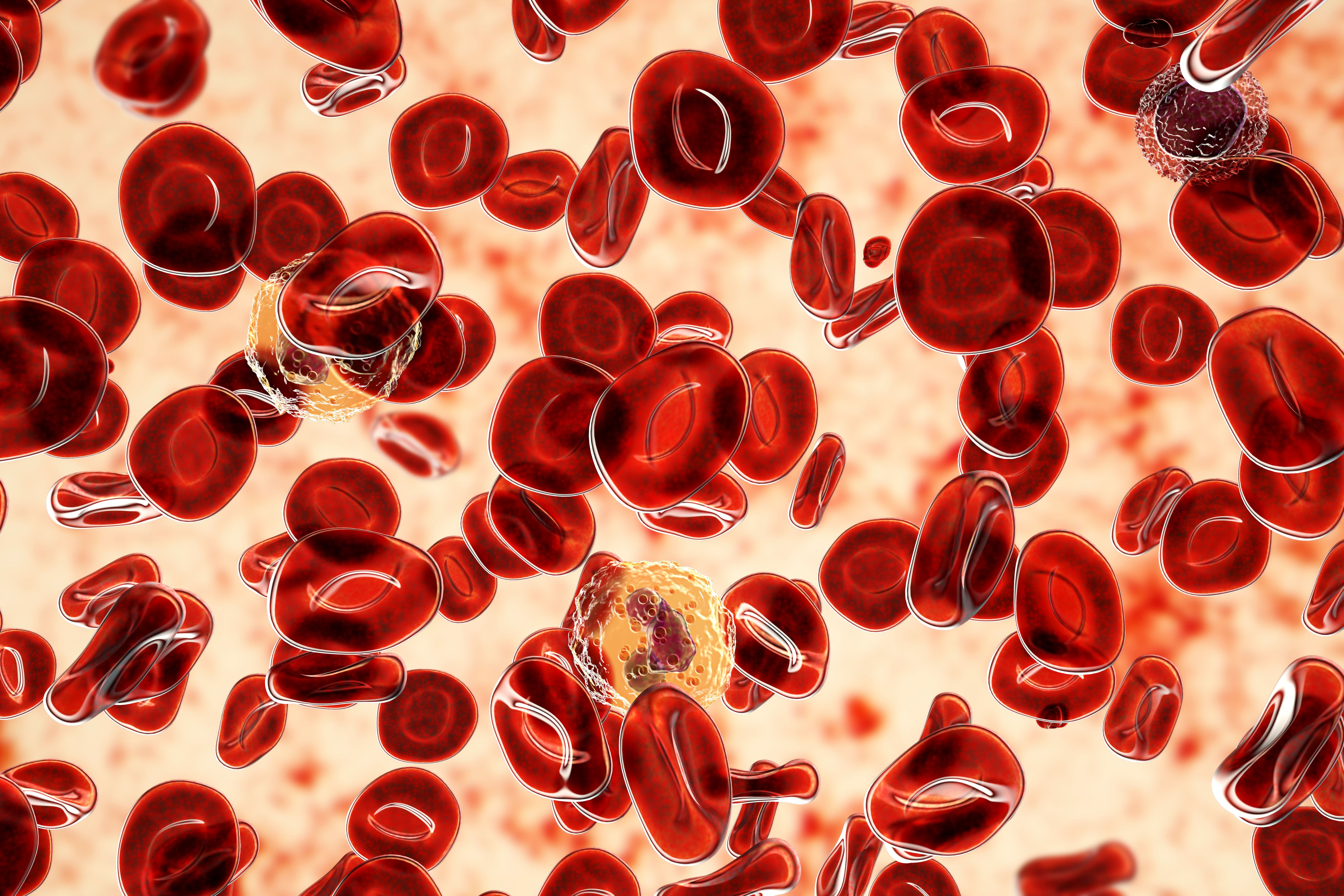Article
Healthy, but Still Hurting: Challenges of Cancer Survivorship
Author(s):
The assumption in the United States is that once someone with cancer is cured, done with treatment, and healthy, that they are now okay. However, the reality is that survivors contend with lingering challenges that aren’t visible and make it difficult for them to ask for help or admit they need it.
The assumption in the United States is that once someone with cancer is cured, done with treatment, and healthy, that they are now okay. However, the reality is that survivors contend with lingering challenges that aren’t visible and make it difficult for them to ask for help or admit they need it.
Samantha Watson, the CEO and founder of The Samfund, was diagnosed first with Ewing’s sarcoma in 1999 and subsequently with myelodysplastic syndrome, and during her treatment it was clear that she was sick.
“My cancer was in my legs so I was walking with forearm crutches for a few years; I had no hair; I had lost a ton of weight from chemo to where they had threatened me with feeding tubes; and I was just super skinny and sick looking,” she explained.
Once treatment finished, and she was no longer hooked up to an IV and her hair had grown back, Watson looked more like herself, which led to people to assume she was fine. But survivors are left with stress about finances and emotional and physical issues, but it is tough to have any conversations around these challenges.
On the one hand, survivors feel like they need to celebrate being healthy, but on the other they are still struggling to get help and move forward.
“I think that feeling is so common, and what we found at The Samfund is that people need money and we are really happy to provide that as best we can, but a lot of times the benefit that our young adult family of grant recipients and alumni had found is not just the money, but the community and the validation and making it okay to say, ‘I am broke from cancer and need help so that I can do whatever it is I want to do,’” Watson said. “Just making it okay to say that sometimes relieves a huge amount of pressure from people.”
Improvements in cancer treatments have improved survival outcomes for patients, creating more survivors and new issues around their survivorship. Joseph Alvarnas, MD, of the City of Hope, explained that when he was a hematology fellow, half of patients with multiple myeloma died in less than 3 years.
Now, with more people surviving, physicians are faced with new issues of the long-term consequences of therapy. Many patients, even after being cured will complain of fatigue and changes in their ability to engage in their day-to-day activities.
“I think, globally, as we look at the successes of cancer, we shouldn't look at that as a stopping point,” Alvarnas said. “That, instead, is a starting point, and looking at this idea of survivorship and how best to tailor the resources of healthcare toward ensuring a good quality of life for all those who have survived a potentially life-threatening illness.”
Crystal S. Denlinger, MD, of Fox Chase Cancer Center in Philadelphia, has been involved in cardiac follow-up for cancer survivors. Most patients receiving non-HER2-directed therapy, such as those treated with anthracyclines, were typically not receiving cardiac follow-up, but that is starting to change as providers recognize there are patients at higher risk of cardiovascular complications due to their therapy.
“We need to be able to figure out: who is at risk, how do we assess these patients, and is there something we can do to change their long-term outcome?” Denlinger said.
Many of the challenges that come along with cancer survivorship is helping the patient come to terms with the new lifestyle changes that treatment and therapy causes. She added that patients in different stages of survivorship require different care methods.
“Survivorship care has to be broad enough and as providers, we have to be willing to provide care across those components of care but with different focuses depending on what stage of disease or what component of survivorship an individual person is living in,” Denlinger said.
Rose Gerber, director of patient advocacy for the Community Oncology Alliance, is a 14-year cancer survivor and she explained the long-term issues she faced. Since she was diagnosed young, she has a long life ahead of her to deal with the physical and emotional side effects.
“I certainly faced a lot of long-term issues, whether it’s bone health, fear of recurrence, just so many issues, and of course there’s always emotional issues,” she said.
Psychologically, Melissa Thompson, a cancer survivor and advocate, has found survivorship as tough as, and possibly tougher, than having cancer. During active treatment, patients are monitored and follow a strict schedule, but that isn’t the case once treatment is done.
Survivorship is a new stage and it is filled with a lot more uncertainty, as well as the fear that something might be missed without constant check-ups with providers.
“I found that reaching out to the young adult cancer communities and having friends who have gone through the same thing has really alleviated some of the psychological stressors that come with survivorship,” Thompson said. “It’s mostly anxiety is the hardest part of survivorship.”




